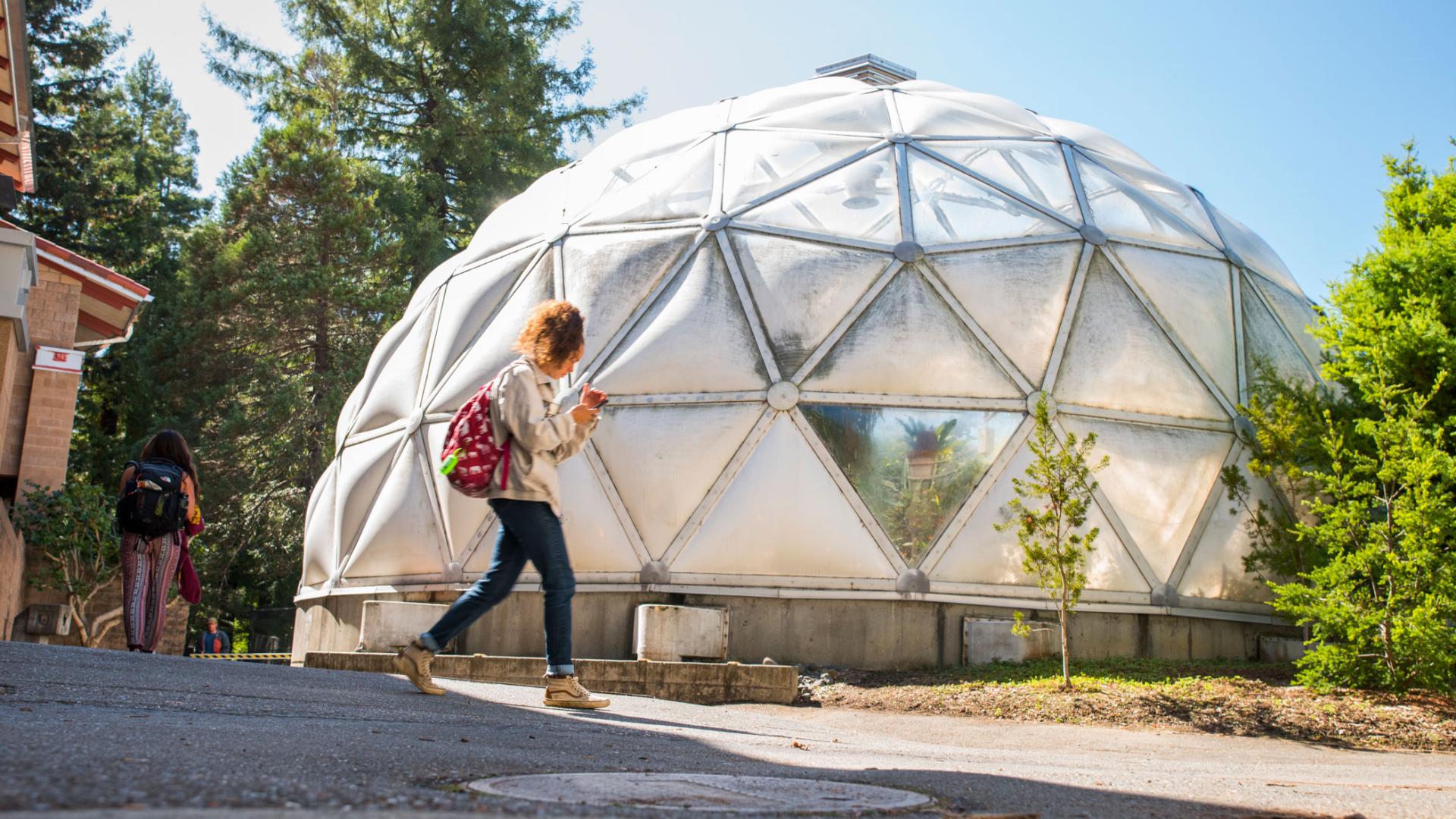Faculty & Staff
Breadcrumb
Contact
gbo1@humboldt.eduGeoff Ostrove, Ph.D.
Lecturer
Areas of Interest
Rhetoric, Political Economy, Media Studies, Entrepreneurship, and Revolution




Areas of Interest
Rhetoric, Political Economy, Media Studies, Entrepreneurship, and Revolution